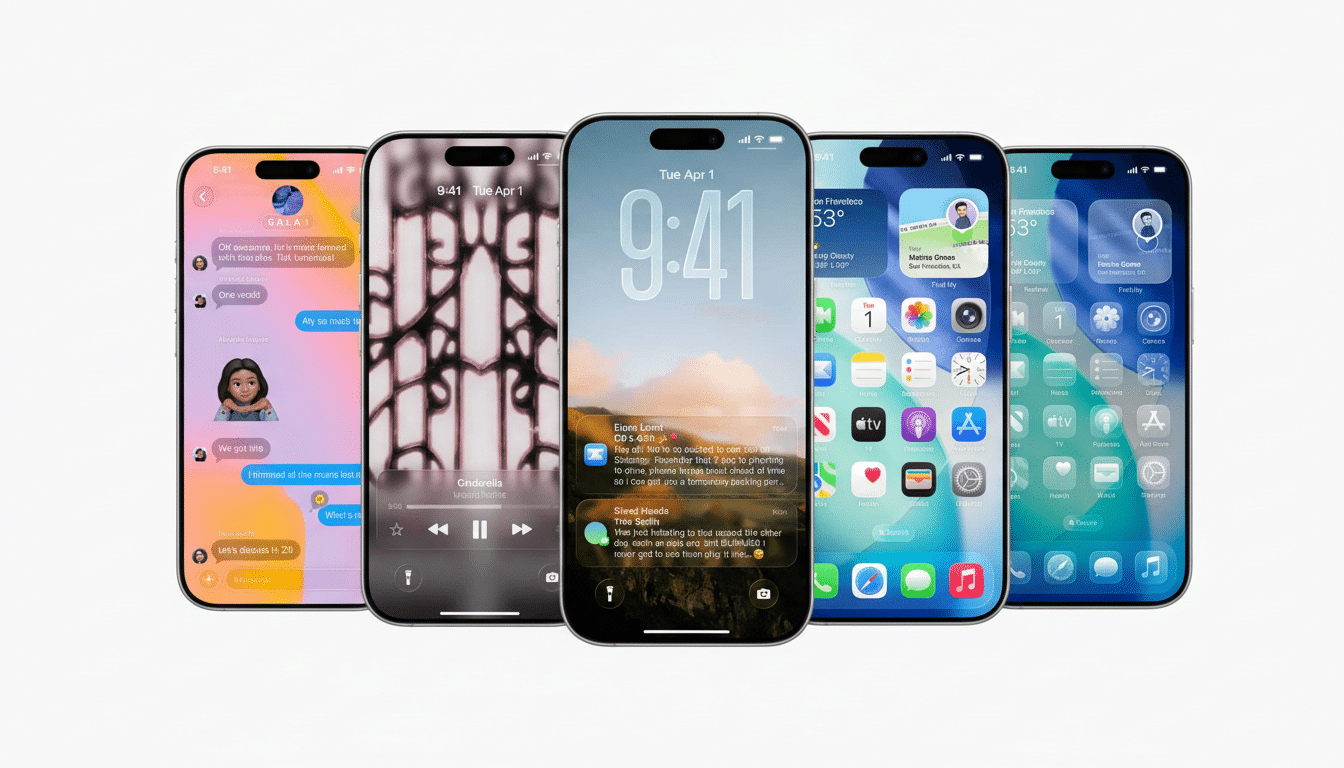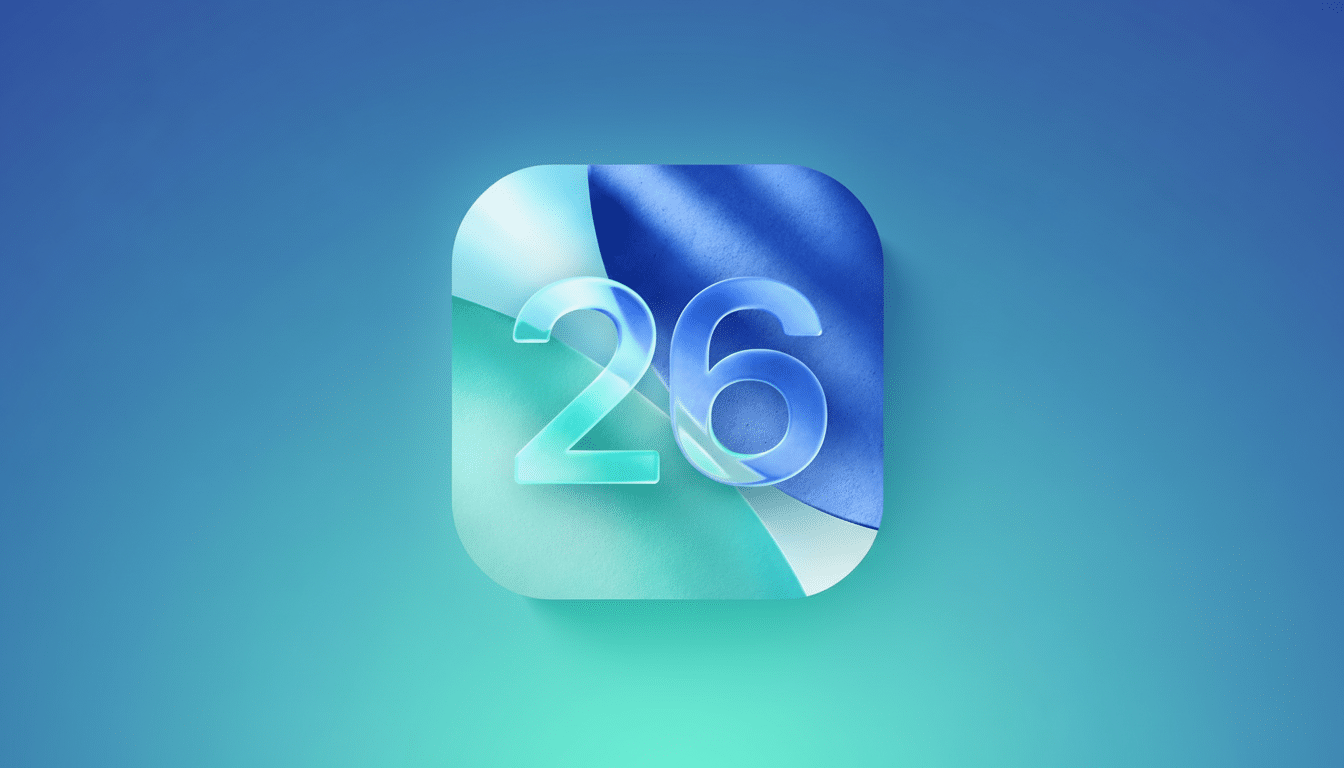Picture the next big Apple flagship phone launching with Android instead of iOS. It’s an interesting question with real-world implications: Could Android loyalists be persuaded to switch allegiances if they didn’t have to leave their beloved operating system behind and could experience all that Apple hardware has to offer? The response is about more than speed figures. It’s about design, updates and services, and the intricate web of ecosystems that lock in users.
How Apple’s hardware would differ without iOS onboard
Apple’s recent phones have established a tempo in silicon efficiency and sustained performance, according to independent testing houses and benchmarks across multiple generations. If that kind of performance reared its head when chips were custom-built for Android (it’s not so clear a native x86 chip, much less the “Clover Trail,” is custom like this), you’d probably get class-leading responsiveness out of the gate, rapid app launching, and very impressive battery life when pushed hard.
- How Apple’s hardware would differ without iOS onboard
- Two software scenarios for an Android-powered iPhone
- Price, value, and resale considerations for buyers
- Who might switch to an Android iPhone, and why
- What would make this Android iPhone a definite buy?
- Bottom line: could an Android iPhone win over buyers?

Product quality would still be a selling point. Apple’s panels are known for their precise color, high brightness and smooth touch response. For a device on top of Android, a 120Hz display would be perfect for gaming and scrolling, mirroring what high-end Android phones already offer.
Cameras are trickier. The reason for Apple’s strength in steady video and reliable point-and-shoot isn’t as much hardware as software. On Android, the image pipelines rely on drivers, tuning and post-processing. Unless Apple nails the port from its computational photography stack effectively, video will continue to be a standout, and stills might require fresh tuning to keep up with the best of Samsung, Google or some of the Chinese brands that are batting for larger sensors and aggressive processing.
Two software scenarios for an Android-powered iPhone
It’s a very different appeal, though, depending upon the flavor of Android. But if the phone came preloaded with a “pure” Android build featuring Google Mobile Services, you’d get flawless access to Play Store apps, Google Photos, Maps and Assistant. This would place this device directly up against high-end Android flagships with minimal compromises.
But what if it’s the other way around: Android, with Apple services on top? Even if it were not directly compatible with any existing phone or network, as long as iMessage and FaceTime remained exclusive to the phone and it was still deeply integrated with the Apple Watch and AirPods, you’d get a hybrid unlike anything else. That may well be a migration magnet — open device maker Android married to services-rich Apple — but it also raises a lot of questions around app defaults, sideloading and freedom for users to actually change the settings.
Software longevity is at the heart of the matter. Apple has historically backed the iPhone for five years or more, and top Android manufacturers have in recent years shifted to seven years of updates for their flagships. If an iPhone running Android lived up to the promise and performance remained consistent, it would be a powerful lure for long-time users.
Price, value, and resale considerations for buyers
Price parity with existing high-end phones would be key. If the Android iPhone fell within the realm of top Samsung or Google models, the pick would surely be driven by experience and extras. And as history has demonstrated, Apple devices have retained their resale value better than most Android phones; industry trackers and trade-in marketplaces continue to consistently register slower depreciation rates for iPhones between 12 and 24 months. That could help tip total cost of ownership in Apple’s favor even if upfront prices are equal.

There’s also the accessory ecosystem. Case makers, gimbal manufacturers, microphones — you name it — typically seem to put Apple fit and compatibility first. For creators and road warriors, the depth of third-party support can quietly ease day-to-day life.
Who might switch to an Android iPhone, and why
Platform loyalty runs high. In fact, variety is high among those (only) considering the Android section on the counter, and only a few of them actually switch brands after recommending it — usually between two-thirds and three-quarters stay true to their brand. Android overwhelmingly dominates the global market according to StatCounter and IDC, of course, while iOS reigns supreme in a lot of high-price segments.
Given those dynamics, the switchers would most likely be power users looking for Android’s flexibility — default apps, file handling, more open customization — along with Apple’s build quality, silicon efficiency and camera reliability. Developers and hobbyists may squint at bootloader policies, kernel transparency and repairability; if the lights were dimmed on those features, would-be fiddlers might lose interest.
What would make this Android iPhone a definite buy?
A list begins to form in talking with enthusiasts across communities:
- Guaranteed long-term Android updates
- A clean, snappy UI with minimal bloat
- Best-in-class video capture and reliable social media integration
- Strong USB-C performance that can handle desktop-class data speeds
- Coexistence with both Google and Apple services
If the device offers full-featured RCS and end-to-end encrypted messaging without tying Apple’s accessory magic around its neck, it would be uniquely compelling.
On-device AI is another frontier. The more recent flagship Android devices are leaning on on-device generative tools for summarization, translation, and image editing. If an Android iPhone churned out similar on-device models without sacrificing privacy or battery life, that might persuade some fence-sitters.
Bottom line: could an Android iPhone win over buyers?
Will iPhone 17 be sucking millions of Android fans into its gravitational pull? The answer, to many potential buyers, will depend on whether it’s a truly Android-first phone with years of updates, open features and Google services — or just a walled garden in Android clothing. If Apple’s hardware might were combined with Android at its best, minus the artificial restrictions that crippled other ‘droids, it could finally get the balance between control and freedom right. If not, loyalists on both sides could sit tight. Your turn: How much would it take to move you?

